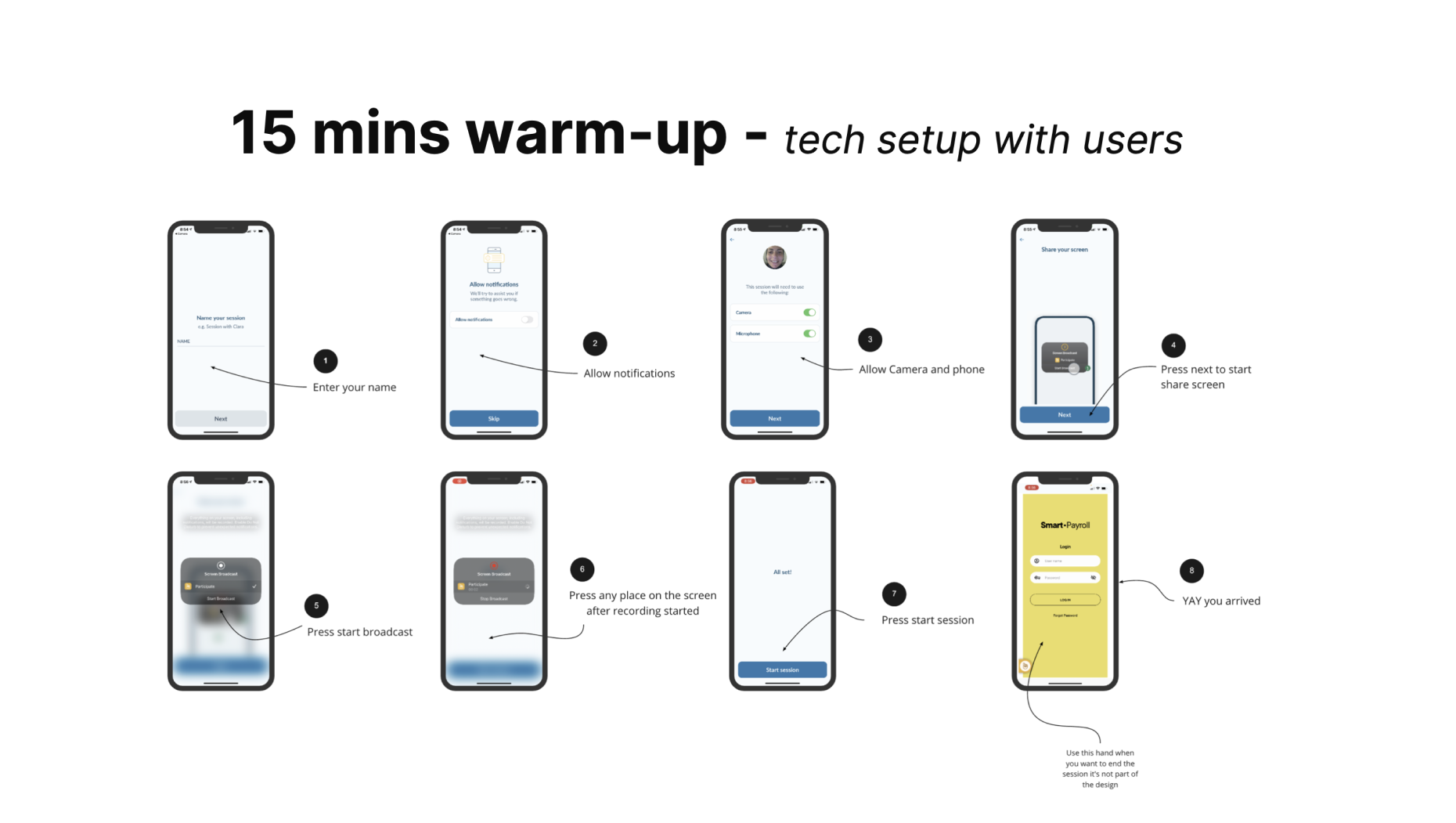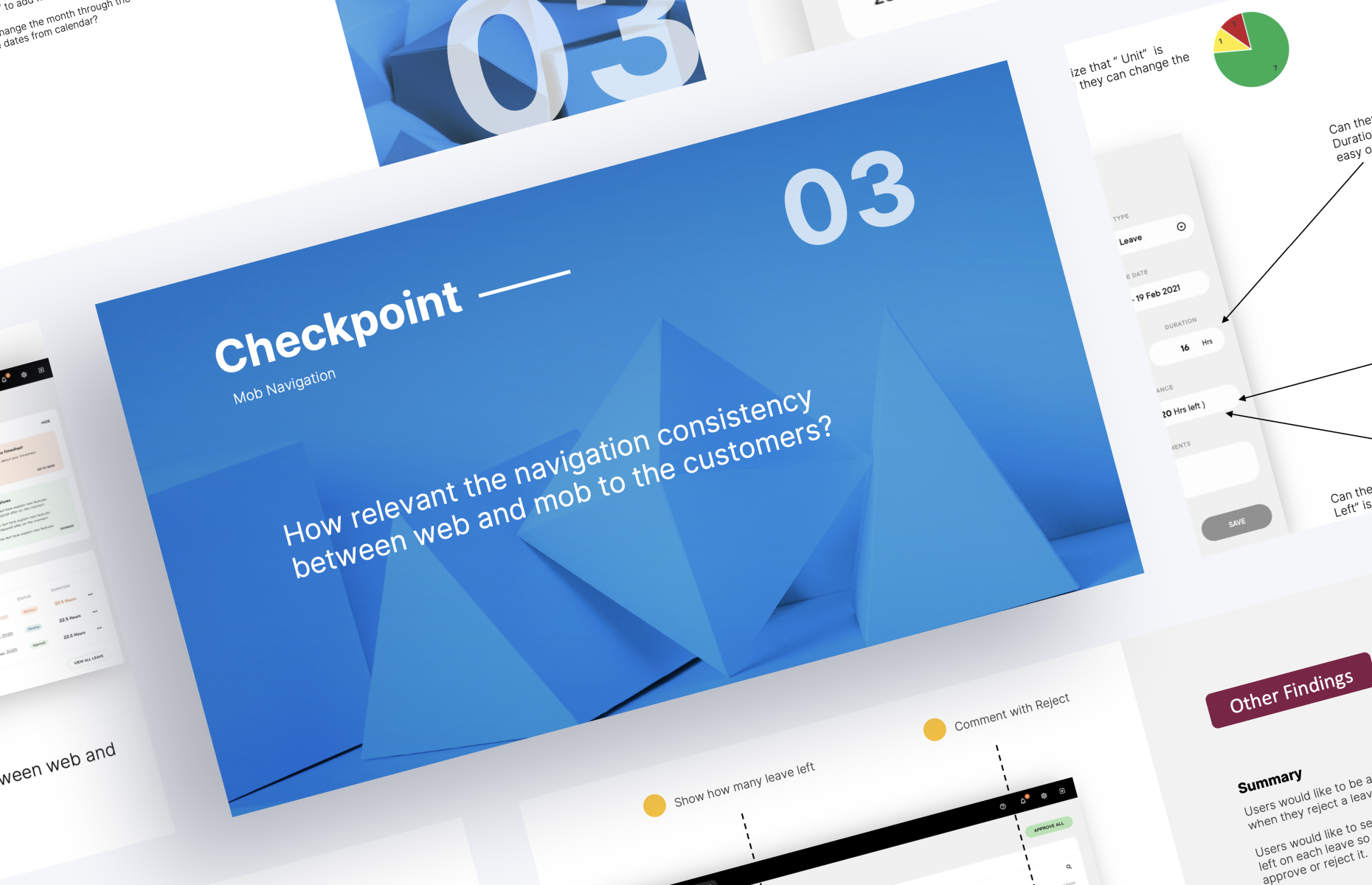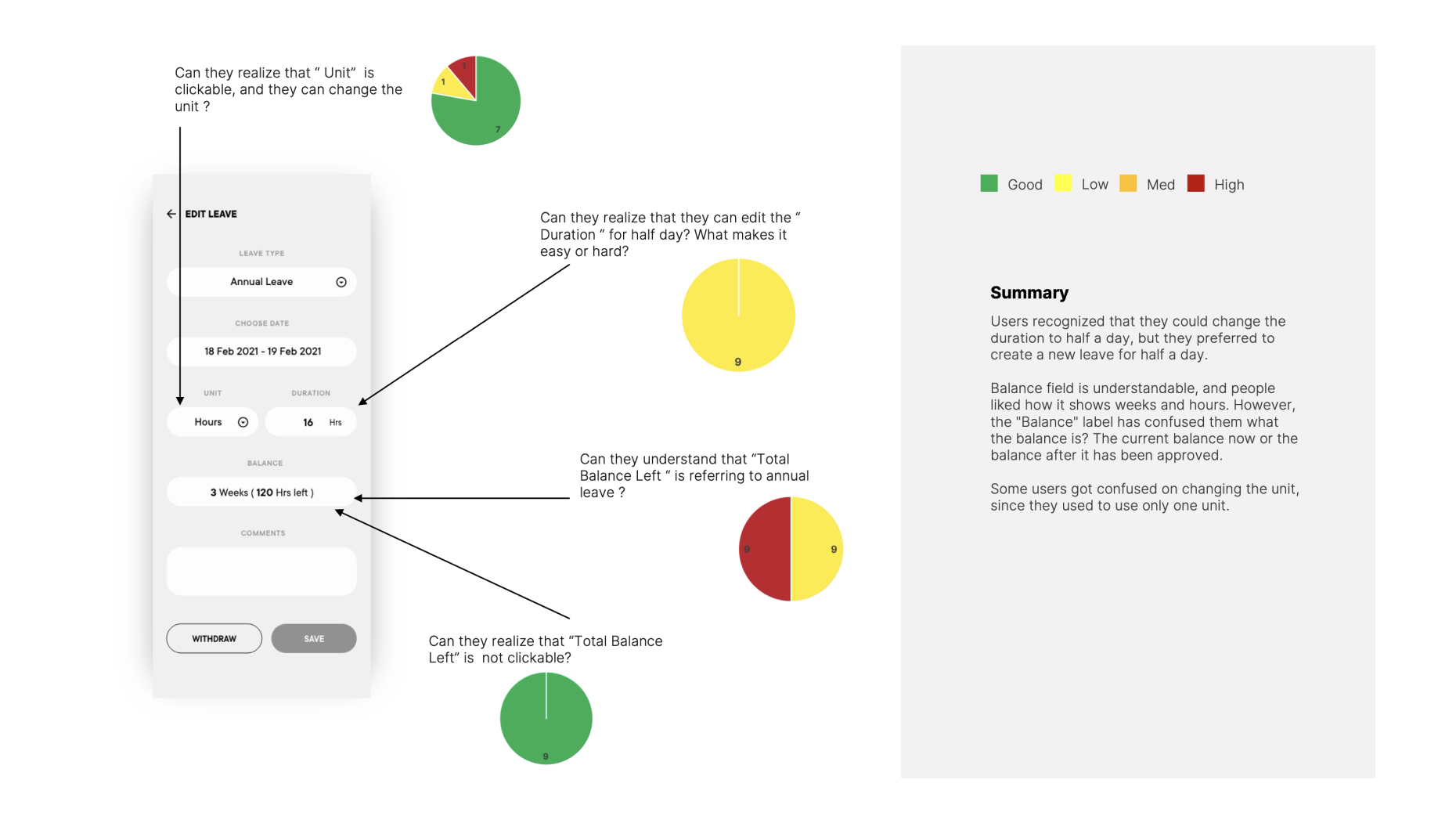Challenges
1. Understanding how to build a user testing framework that would work with agile sprints as well as the short deadlines before drop one product releases.
2. Not only was this Datacom’s first experience with combining a user testing framework with agile sprints, it was also the first time the company was introduced to the human-centric concept.
Strategy
I conducted user testing sessions with five users, either on a weekly or fortnightly basis. Once a new design flow was completed, I began collecting assumptions and hypotheses from the client. Based on this information, I created the user testing script and presented it to them to further gain their engagement in the whole framework.
After the user testing sessions were completed, I began affinity mapping to identify themes and WHYs. Next, I start documenting the findings in a presentation, using visual information to make it easier for me to communicate with the stakeholders.
Impact
The rapid user testing sessions allowed us to start gathering UX/UI human-centric patterns based on repeated feedback, allowing us to speed up the design process by using those patterns.
It was difficult for some developers and business analysts to accept the user testing method could be combined with agile sprints. So, I encouraged them to attend some sessions as observers.
This resulted in a massive awareness of the importance of user testing, once they heard the feedback from end customers, and greater engagement with this new method of user testing during agile.
In the end, we managed to create Datacom’s first-ever human-centric agile sprint and meet the drop one deadline.




